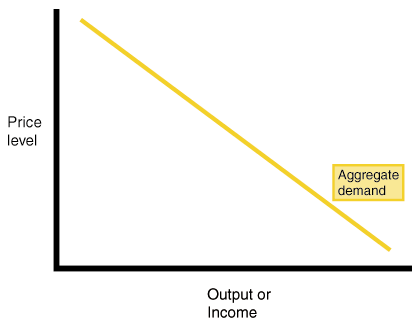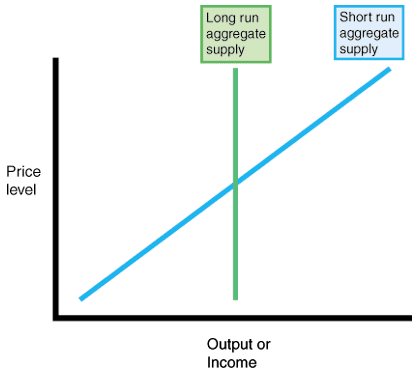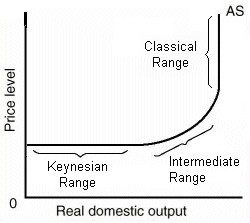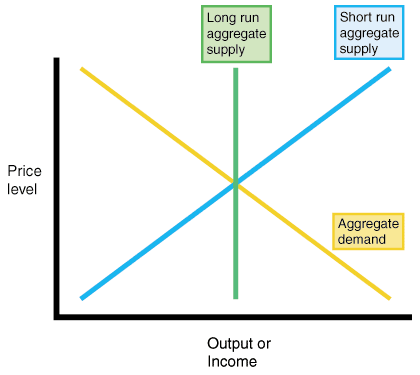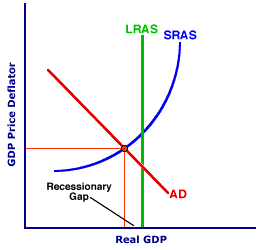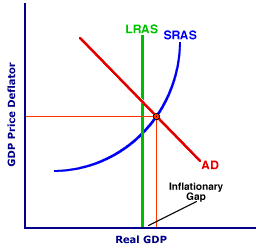Unit 4
Uses of Money
- Medium of exchange
- Bartering or trading
- Unit of account
- Establishes economic worth
- Store of value
- Money holds value over a period of time
Types of Money
- Commodity money/goods
- It gets its value from the type of material from which it is made
- Representative money
- (I.O.U.) Paper money that is backed by something tangible
- Fiat money
- Money because the government says so
Characteristics
- Durability- able to endure damage (water, rips)
- Portability- bill or coin form
- Divisibility- make change
- Uniformity- same money in all states
- Scarcity- 2 dollar bill, Suzanne B. Anthony coin
- Acceptability- accepted all over the world
Money Supply
- M1 money
- currency (coins and paper money) in circulation + checkable deposits(demand deposits) + traveler's checks
- M2 money
- M1 money + savings accounts + money market accounts + deposits held by banks outside the U.S.
Fractional Reserve Banking
- process by banks of holding a small portion of their deposits in reserve and loaning out the excess
- Banks keep cash on hand (required reserves) to meet depositor's needs
- Banks must keep reserve deposits in their vaults or at the Federal Reserve Bank
- Total reserves(total funds held by a bank) = required reserves + excess reserves
- TR = RR + ER
- excess reserves are reserves beyond those that are required
- Banks can legally lend only to the extent of their ER
- Reserves ratio= required reserve / total reserves
- Banks can make money by lending more money than their reserve.
- Required reserves don't prevent bank panics because banks must keep their required reserves (FDIC)
- Reserve requirement gives the Fed control over how much money banks can create
- Control money supply through monetary policy (circulation of currency and adjusting the interest rate)
- Issue paper money
- Serve as a clearing house for checks
- Regulate banking activities
- Serve as a bank for banks
Balance Sheet
- Statement of assets and claims summarizing the financial position of a firm or bank at some point in time
- Must balance at all times
Assets
|
Liabilities
|
·
own
|
·
Owe
·
Claims of non owners
|
Multiple Deposit Expansion
Assets
|
Liabilities + Equity
|
·
Reserves:
o Required Reserves(rr): percent required by Fed to keep on hand to meet demand o Excess Reserves(er): percent over and above amount needed to satisfy minimum reserve ratio set by Fed
·
Loans to firm, consumers, and other banks
(earns interest)
·
Loans to government = treasury securities
·
Bank property-(if bank fails, you could
liquidate the building/property)
·
Required Reserve ratio is 10% and is set by
the Fed
|
·
Demand deposits($ put into bank)
·
Time deposits
·
Loans from Federal Reserve and other banks
·
Share holders equity- (to set up a bank, you
must invest your own money in it to have a stake in the banks success or
failure)
|
Required Reserve Ratio
- Percent of demand deposits that must be stored as vault cash or kept on reserve as Federal Funds in bank's account with Fed Reserve
- Required reserve ratio determines money multiplier(1/rr)
- decrease in reserve ratio, increase rate of money creation in banking system/ expansionary
- increase in reserve ratio, decrease rate of money creation/ contractionary
- Changing the required reserve ratio is the least used tool of monetary policy and held at 10%
Monetary Multiplier
- 1 / reserve ratio
- Shows the impact of a change in demand deposits in loans and eventually money supply
- Indicates total number of money created by each addition to the monetary base (bank reserves and currency in circulation)
Types of Multiple Deposits Questions
- Calculate initial change in excess reserves:
- amount a bank can loan from initial deposit
- amount of new demand deposit - required reserve = initial change in excess reserve
- Calculate change in loans in banking system
- initial change in excess reserve x money multiplier = max change in loans
- Calculate change in money supply
- max change in loans + amount of Fed reserve action
- Calculate change in demand deposits
- max change in loans + amount of initial deposits
Fiscal Policy
|
Monetary Policy
|
·
Congress
·
Tax or spend
|
·
Fed
1. Open
market Operations: Feds can buy or sell bonds (securities)
2. Required
Reserves
3. Discount
rate: interest rate charged by Fed for overnight loans to commercial banks,
doesn’t directly change money supply
4. Fed
Fund rate: interest rate charged by one commercial bank for overnight loans
to another commercial bank
|
- The Fed has several tools to manage the money supply by manipulating the excess reserves held by banks, a practice known as monetary policy
Monetary Policy Option
|
Expansionary (easy money)
Increase money supply
|
Contractionary (tight money)
Decrease Money supply
|
Open Market Operations
|
Buy back bonds
|
Sell bonds
|
Reserve Ratio
|
Decrease reserve ratio
|
Increase reserve ratio
|
Discount Rate
|
Decrease Discount rate
|
Increase discount rate
|
Fed Fund Rate
|
Decrease Fed Fund rate
|
Increase Fed Fund Rate
|
Loanable Funds Market
- Market where savers and borrowers exchange funds (Qlf) at the real interest rate
- Demand comes form households, firms, government, and foreign sector, demand for loanable funds = supply of bonds
- supply of loanable funds, or savings comes from households, firms, government , foreign sector, supply of loanable fund = demand for bonds
- If supplying, some one's demanding (vice versa)
Change in Demand for Loanable Funds
- Dlf = borrowing (i.e. supplying bonds)
- increase borrow = increase Dlf (shifts right)
- decrease borrow = decrease Dlf (shifts left)
- government deficit = increase borrow = increase Dlf (shifts right), increase r%
- decrease investment demand = decrease borrow = decrease Dlf (shifts left), decrease r%
Change in Supply for Loanable Funds
- Slf = saving (demand for bonds)
- increase saving = increase Slf (shifts right)
- decrease saving = decrease Slf (shifts left)
- government surplus = increase saving= increase Slf (shifts right), decrease r%
- decrease consumer's MPS = decrease saving= decrease Slf (shifts left), increase r%
If you are still unclear on anything in the this unit, the Mr. Clifford's videos may be able to help you out, afterall a teacher can probably explain the concepts better than a student.
This particular video covers the Money Market graphs and the tools of the Federal Reserve as well as how they use them.
This video focuses on the connection between the Money Market, Investment, and AD & AS graphs.
This is a continuation on what was discussed in the last video. It is more practice on the Money Market, Investment, and AD & AS graphs.
The topic of this video is the Money Multiplier and the Reserve Requirement. Mr. Clifford does an excellent job of explaining this part of the unit.
If you still need a little help with real and nominal interest rates or inflation rates, then this is the video to watch.
Mr. Clifford focuses on the Loanable funds graph as well as the concept of Crowding out.
